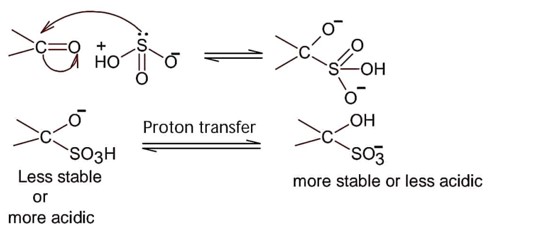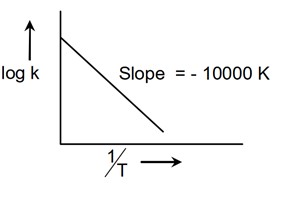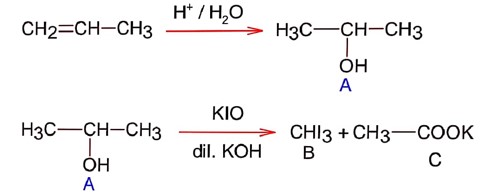Ncert Solutions Chemistry Class 12th
Get insights from 2.6k questions on Ncert Solutions Chemistry Class 12th, answered by students, alumni, and experts. You may also ask and answer any question you like about Ncert Solutions Chemistry Class 12th
Follow Ask QuestionQuestions
Discussions
Active Users
Followers
New answer posted
3 months agoContributor-Level 10
Viscosity of the hydrophilic sol is always higher than H2O, because dispersed phase particle attracted by dispersion medium.
New answer posted
3 months agoContributor-Level 10
(1) 4 mol of atoms
(2) 4 u of atom
(3) 4 g of Helium mole mole He atom
(4) of He at STP mole
New answer posted
3 months agoContributor-Level 10
Nucleophilic addition of sodium hydrogen sulphite to aldehyde or ketone is a;


So; nucleopilic addition of sodium hydrogen sulphite to an aldehyde or a ketone involves proton transfer to form a stable ion.
Addition of hydrogen cyanide;
Final product is cyanohydrin.
New answer posted
3 months agoContributor-Level 10
All given oxide have nitrogen – nitrogen bond except N2O5 as ;

New answer posted
3 months agoNew answer posted
3 months agoContributor-Level 10
Given are the oxide of alkali and alkaline earth metals which are ionic in nature.
Simple oxide are Li2O, CaO, MgO and K2O.
Peroxide is Na2O2 and superoxide is KO2.
All simple oxides are diamagnetic as it has no unpaired electron.
Taking an Exam? Selecting a College?
Get authentic answers from experts, students and alumni that you won't find anywhere else
Sign Up on ShikshaOn Shiksha, get access to
- 65k Colleges
- 1.2k Exams
- 679k Reviews
- 1800k Answers



